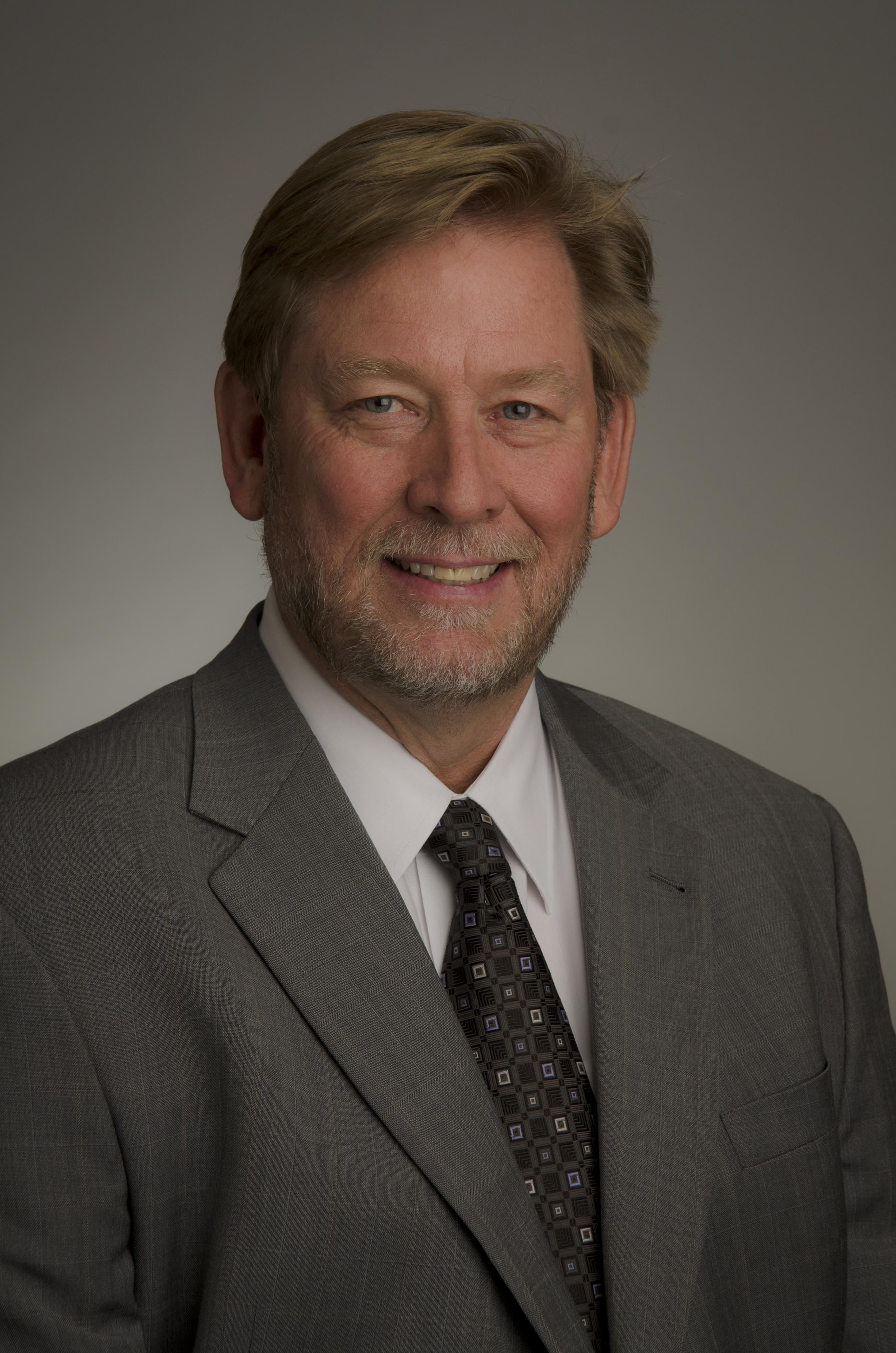 Lloyd Guthrie, vice president of accountable health networks at Lutheran Medical Center in Wheat Ridge, Colo., discusses accountable care ACOs and the beneficial payment models for ambulatory surgery centers in the future.
Lloyd Guthrie, vice president of accountable health networks at Lutheran Medical Center in Wheat Ridge, Colo., discusses accountable care ACOs and the beneficial payment models for ambulatory surgery centers in the future.
Q: What payment models will be most beneficial for ASCs in the wake of healthcare reform?
Lloyd Guthrie: Healthcare reform means enhancing the value of care and services that ASCs provide. As financial pressures increase, it would seem that ASCs are in a good position to offer services that have historically been provided at a hospital. An example would be total joint replacements. But to be really competitive, and better differentiated in its local market, an ASC would practically want to develop comprehensive service bundles so there is the perception on the part of the purchasers — insurance plans, government coverage or self-insured employers — that the ASC is showing a leap in value.
In addition to combining the ASC facility with physician professional and therapy services, the bundles would have a warrantee or guarantee, so there are assurances that patients are financially aware the bundle exists, and know what their role within the successful bundle. That is, that patients are incented to keep their post-procedure follow-up care, take their meds and receive therapies as prescribed. Then, ASC physicians could make the assumption that patients will be engaged in their care or postoperative care in a way that reduces complications.
Q: How would this model work for ASCs? Are there any examples for providers doing it today?
LG: An example of an organization that provides bundles with guarantees is the Geisinger Proven Care model. They may not currently provide guarantees for ASC procedures, but the construct is directly applicable to ASCs. For instance, if a patient is having a knee procedure there would be a scheduled series of documented activities - pre-procedure, during the procedure and follow up to the procedure, for a prescribed period of time. If all parties, the patient and providers alike, engage in the continuum of care delivery per their individual part of the agreement, the patient has a guarantee that complications will be covered.
Part of the advantage of having an ASC that is a joint venture between a group of physicians and hospital is the pre-existing care continuum that can be wrapped in as part of the guarantee package. If there is not a venture between physicians and the hospital, the ASC will need to determine where the physicians' typical hospital referral patterns are and negotiate with those hospitals on behalf of the bundle.
Q: By guaranteeing outcomes, the providers are also assuming some risk. Is it possible for surgery centers to mitigate this risk while still providing appropriate care?
LG: As part of the due diligence necessary to build profitable bundles, there should be an actuarial assessment of the population the ASC typically cares for, and some additional "risk amount" can be added to the package price to cover complications and other events. Alternatively, there may be opportunity to negotiate stoploss coverage with private insurers if the volumes are significant.
From the ASC's position, to drive volumes, value-based bundles may be attractive for several purchasers, including health plans looking for new subscribers by offering narrowed networks. Another significant group would be self-insured employers that take risk for the total expenditure for their employees. To some extent, I think this second group may be the biggest opportunity. The third group would be local provider-based accountable care organizations that are looking to enhance the value for their covered lives. If you have a physician's ACO comprised of primary care doctors that had assumed financial liability for medical services risk, they will necessarily be in the ASC market to find a high quality, low cost provider.
Q: If there is a place for ASCs in markets with ACOs, where do ASCs fit into emerging ACO models?
LG: The ASC could be either a direct participant in the ACO or a network participant rather than a core participant. If the ACO has a broad catchment area, the ASC could be part of the overall ACO consortium. Those ASCs that stay on top of technology developments, particularly those that provide opportunities to move procedures from the inpatient setting to the outpatient setting, stand to benefit from ACOs.
Q: Where do you see ASCs headed in the future? Where is the biggest opportunity for growth?
LG: There are some additional things that make sense for ASCs to consider, such as getting engaged with providers who are in the clinical decision-making positions across the expanded treatment continuum. That is, aligning with providers who determine whether or not a surgical procedure or a referral to a surgeon is necessary. Be engaged with providers in the path of conservative treatment versus limiting the ASC’s reach to providers of procedures or interventions. For instance, in spine care you can become involved in the non-surgical aspects of care.
Another aspect is getting more involved in the continuum of care after patients have their procedure. Have more contact with sports medicine physicians, therapists and others that would be engaged in the 90 day postoperative period with the idea that if you are engaged in the complete care continuum discussion, the ASC can potentially show greater value than the historic one-stop procedure provider.
Catering to the value equation is critical: better access, higher quality, enhanced satisfaction and lower costs. That's really what healthcare reform and ACOs are all about, and when an ASC looks to growing the local market, it should have a plan to address all those components.
More Articles on Surgery Centers:
8 Steps to Promote Growth & Innovation at Surgery Centers
11 Supply Chain Mistakes That Cost Surgery Centers Money
7 Revenue Cycle Best practices for Surgery Centers

